In February, I participated in my third consecutive CAA conference, the annual meeting of the College Art Association. In 2022, I submitted a proposal for an open panel, and shared some of my pedagogy in 2023. This year, I finally shared my dissertation research at CAA2024. I did this by developing a panel with colleagues at William & Mary and the Virginia Museum of Fine Arts. Let’s take a look!
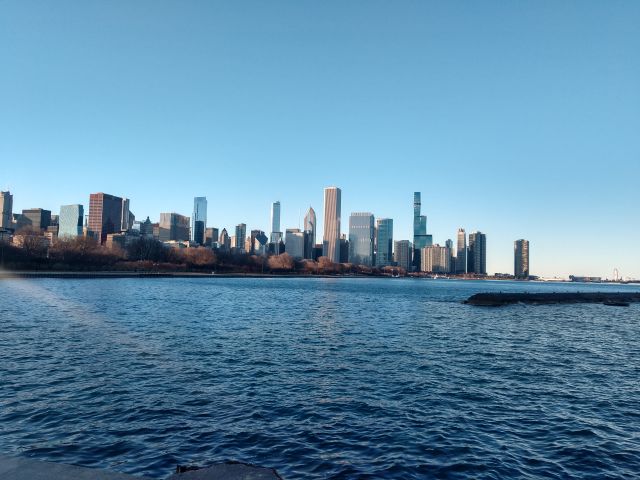
Getting the Artmobile to CAA2024
One of my goals with conferencing while at William & Mary was to share each of my dissertation chapters. I reasoned that I wanted all my research to receive feedback from people outside my dissertation committee or immediate cohort. I also thought it’d be a good way to gauge potential interest in future publications.
Over the years, I’ve shared my dissertation at a variety of conferences. From the intimate panels of the Space Between Conference, to larger gatherings such as the American Studies Association, I’ve talked about my work. I’ve discussed community art centers many times from different angles, as well as the Neighborhood Circulating Exhibitions. What I hadn’t had an opportunity to share yet though, was the VMFA Artmobile. Being the last chapter to get written, I simply didn’t have anything ready for these earlier conferences.
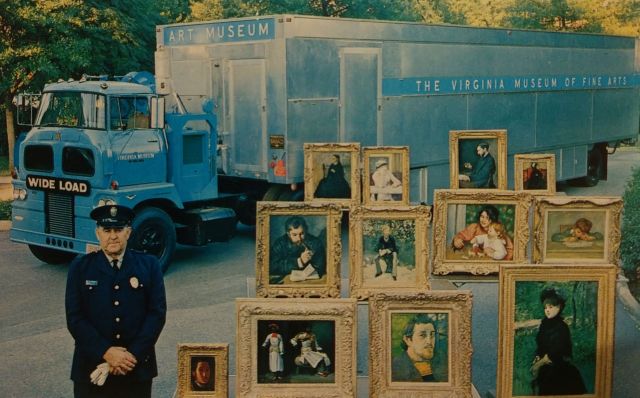
CAA then, seemed like an ideal place to debut some new research. And as it turns out, I knew just the way to get the Artmobile there.
The VMFA Archives: A Focused Panel
When I attended CAA in 2023, I noticed that most of the panels consisted of colleagues who already knew each other. With that observation, I felt like I had obtained the secret key to opening the CAA door. I concluded that to get my dissertation research into CAA2024, I should assemble a panel with colleagues whose research interests intersected with mine.
When CAA released its call for sessions for the 2024 conference, then, I reached out to my network. I contacted one of my William & Mary cohorts, Kelly Conway, as her research also focuses on museum histories and institutional archives. Together, we developed a focused panel abstract concentrating on the VMFA archive, since both of us had researched it. She would share her research on the Museum’s institutional foundations. I would discuss the Artmobile and its public image as rendered in the archival record. To fill out the session, we invited Kate Kaluzny, the museum’s Photo Archivist, to provide a behind-the-scenes look at the archive.
At the Conference
Over the next year, my co-panelists and I periodically corresponded about the panel, both in-person and through email. This camaraderie, I’m convinced, is a major reason why the panel went as well as it did. By the time we got to Chicago, we already had an established rapport.
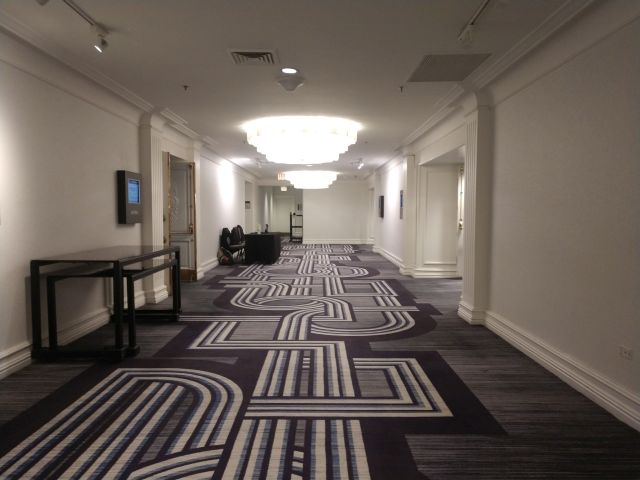
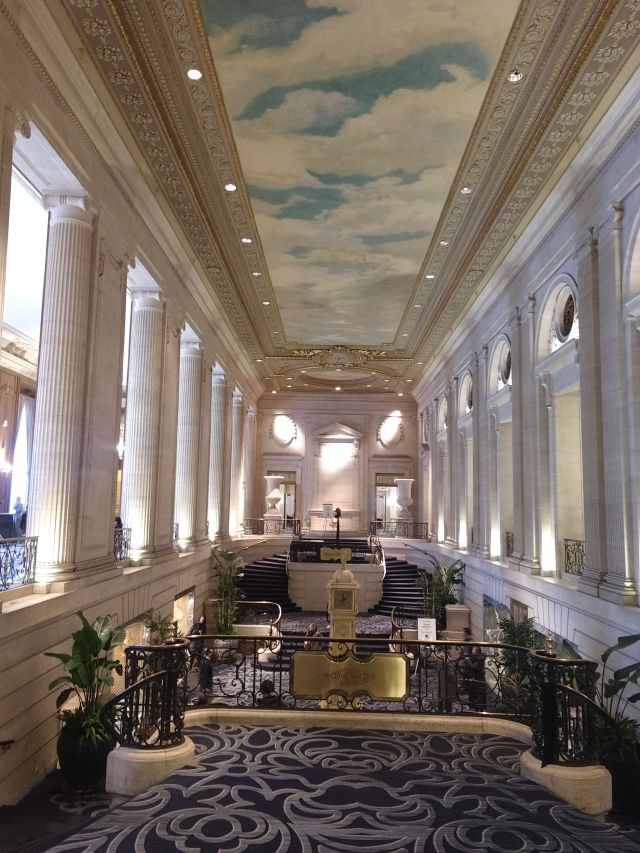
Overall the panel at CAA2024 went great. We presented on Thursday, the second full day of the conference, from 11:00 am to 12:30 pm. Having done more than my share of 8:00 am sessions, I was grateful for the late morning slot, as it meant a larger, livelier crowd. All three presentations were engaging and focused, intersecting without being too repetitive. The audience asked engaging questions, and even after the session, several people came up to inquire about our work. It was about as ideal as one could hope for a conference panel.
A Field Trip to the Southside Community Art Center
Sharing my research wasn’t the only reason I was excited to go to Chicago. For years, I’ve been wanting to visit the Southside Community Art Center, given its significance within the history of the CAC initiative. Knowing the CAA would be in Chicago, I knew that this might be one of the few opportunities I’d get to see it. After our session then, I hopped on the Green Line and took a field trip.
Visiting the Southside Community Art Center was a powerful experience. The interior looks much as it did in 1940, retaining its distinctive wood-paneled walls on the first floor. When I walked into the main gallery, I was taken aback at how much the space resembled the photographs I had studied.
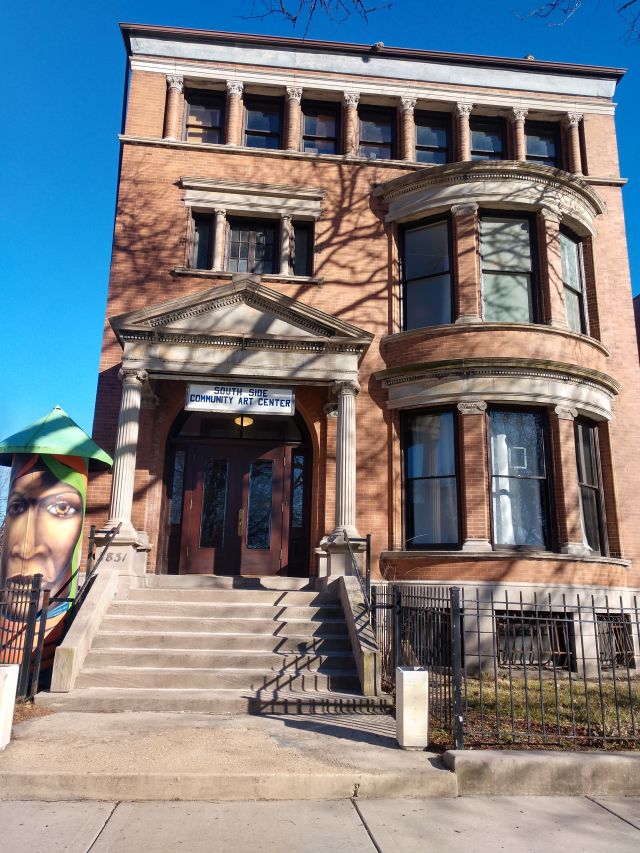
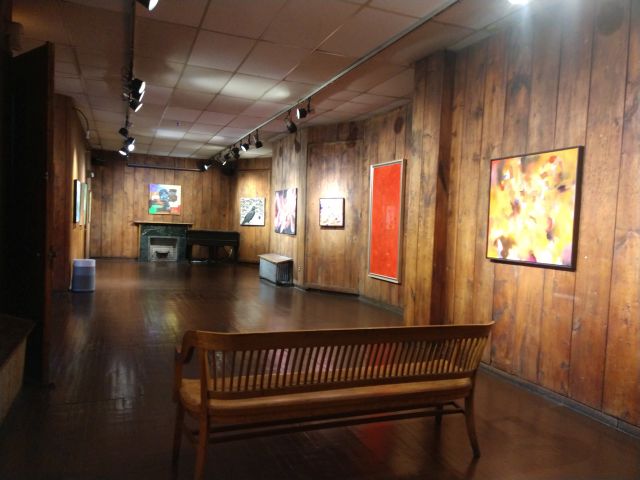
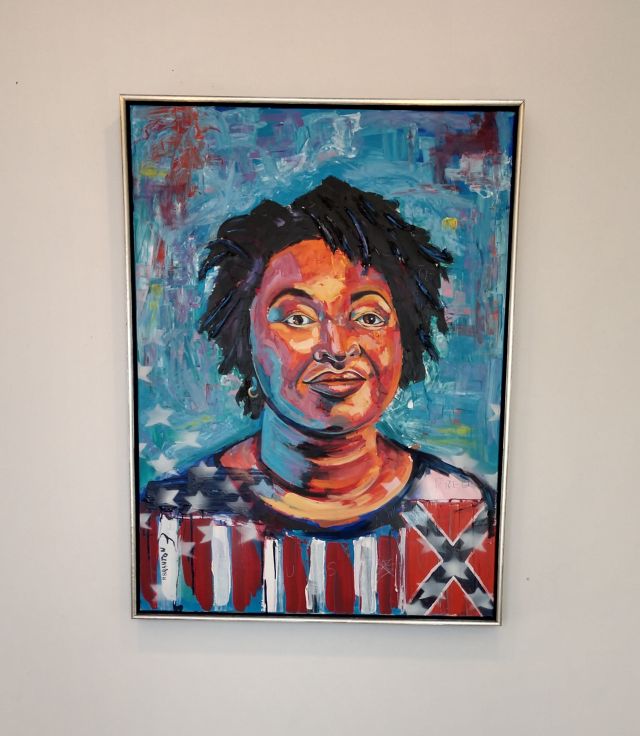
Yet the Southside Community Art Center is no time capsule. It’s a place that knows its history, but it’s focused on the present and future. Bending Light, an exhibition of contemporary painting exploring race through color theory, graced its walls. Lennel Davis, the facilities manager, told me about a metals workshop happening in a couple of weeks. More than eighty years later, Southside remains committed to serving its Black community through art.
Visiting Old Friends, and Making New Ones
In a lot of ways, CAA2024 was a convergence of new and familiar faces for me. Throughout my time there, I ran into people I’d met at previous sessions or through other conferences. I also took the opportunity to meet with old friends and mentors from my college days, including my undergraduate advisor. Unlike New York, where I rarely visit anyone I know, Chicago is always a homecoming for me. It’s a place where I can reconnect with so many people from a foundational period in my life.
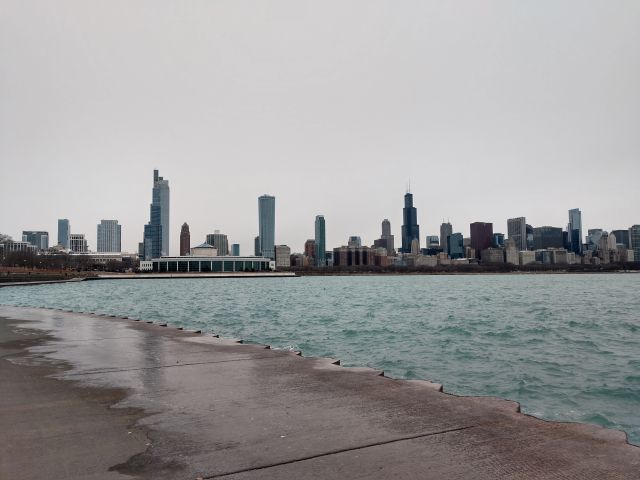
But CAA2024 was also an opportunity to make new connections. From fellow Ph.D. candidates to journal editors, I met new people who will hopefully join my professional network for years to come.
Future Plans After CAA2024
So given all the benefits I seem to have gotten from CAA, do I plan to participate next year? Honestly, probably not, or at least, not as a presenter. With my Ph.D. research winding down and my new role as Curator picking up, I’ll be busy enough cultivating new professional relationships through the museum’s networks.
That said, I’m always open to going back. If I present again though, it’d most likely be a museum project.
Tips for Getting into CAA
Are you thinking about going to CAA? Having gone through the process myself a few times now, I’ve got a few tips to help you get started:
- Submit a fully assembled panel. This is by far the best way to guarantee you get on the program. As a solo submitter, I had nearly every one of my abstracts rejected. When I demonstrated that I could assemble a ready-made panel on a specific theme or idea though, I got on the program.
- Be open to sharing other projects. While my long-term goal was to share my dissertation research, my willingness to talk about my teaching experiences was what initially got me to CAA in person. A lot of conference-goers are more interested in practical sessions addressing curating, teaching, or making art (including me). If you’ve worked on a project that offers practical takeaways, especially regarding inclusivity or other topical subjects, you’ve got a good chance of getting on the program.
- Consider hosting a panel: sometimes the most meaningful thing you can do is provide a platform for other scholars. This is what I did in 2022, and I’m proud that my open call offered a space for emerging scholars, including Ph.D. candidates and Master’s students, to share their research.
So there you have it. Now back to the grindstone of finishing dissertation work.